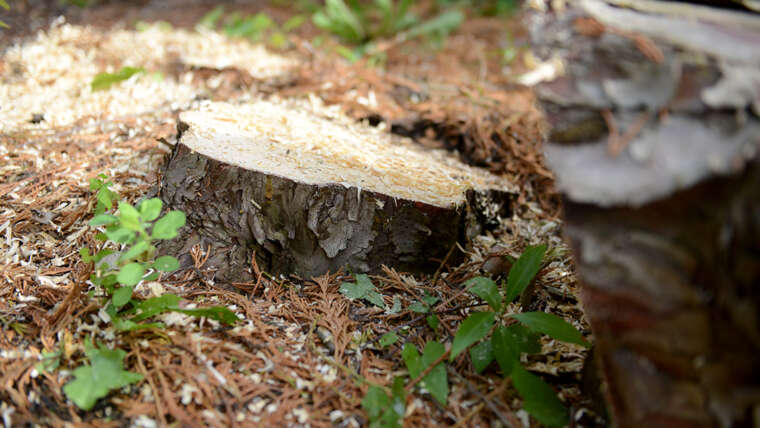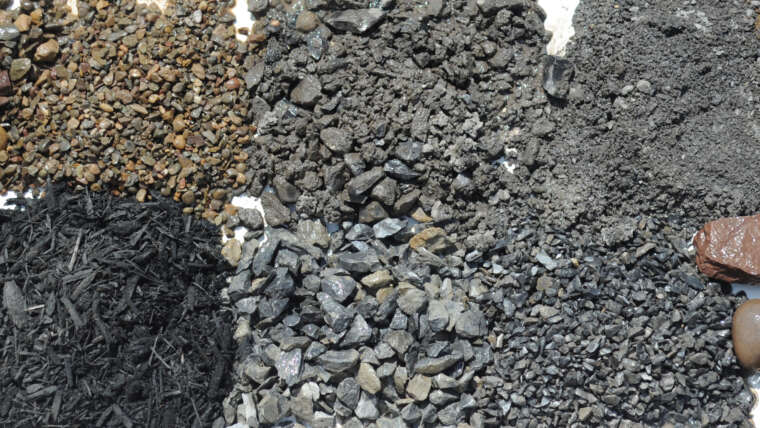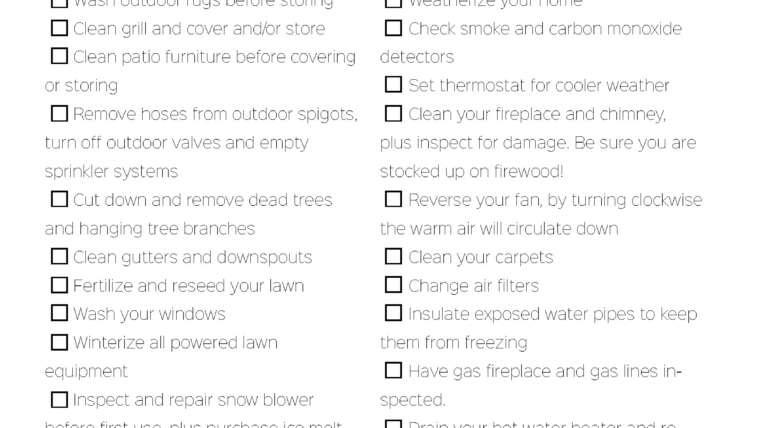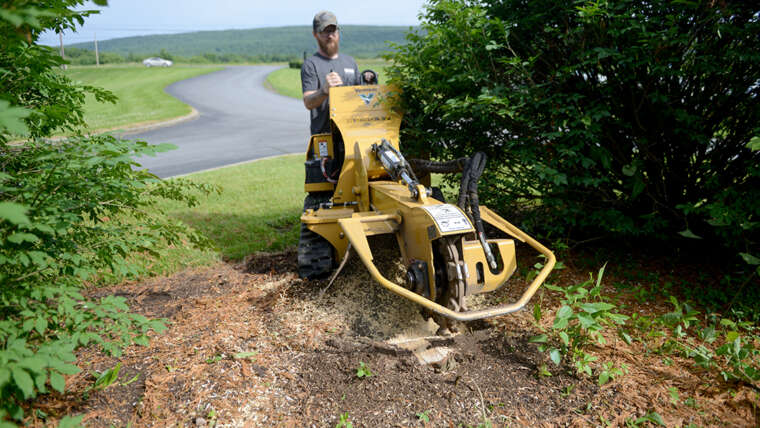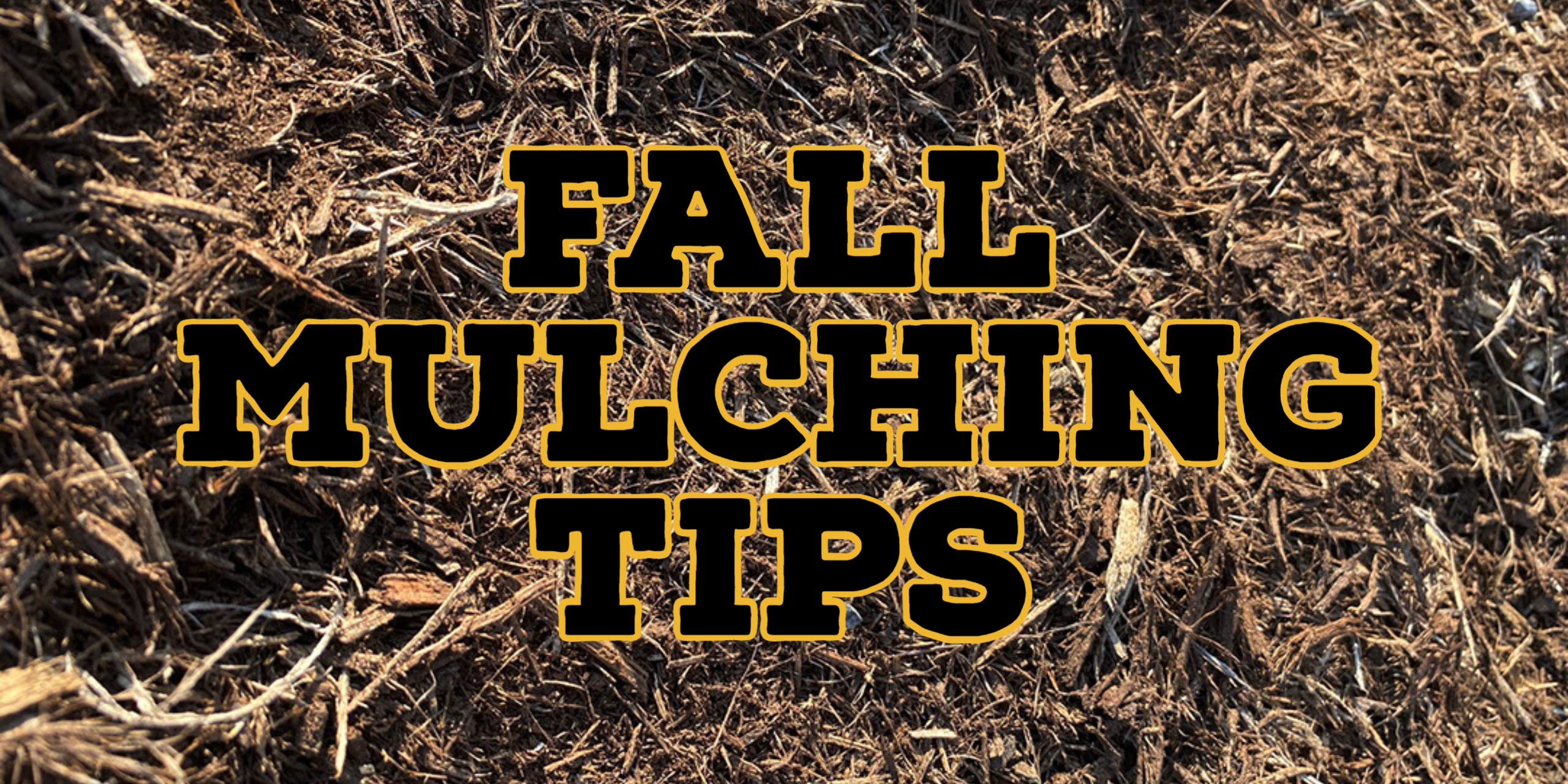
Fall Mulching Tips
Fall mulching can provide an extra layer of protection for your plants during the cold, harsh winter. Just like spring mulching you only need enough to refresh what has broken down over the summer. Fall mulching, and spring mulching, helps to retain soil moisture, suppress weed growth and protect bare soil from erosion. Fall mulch also helps to insulate the soil and plant roots and moderate the stress of the freeze-thaw cycle.
Tips for your fall mulch:
- Aim for a three-inch thick mulch layer.
- Do not apply it too early, wait until after the first hard freeze.
- Do not layer mulch too deeply over perennial plant crowns.
- Remove plant debris from your landscaping bed and garden before putting down mulch.
Should you skip mulching in the fall?
Maybe, here are a few reasons you may want to save this chore for spring:
- Perennial stems should be cut to 6-to-12- inch stubs before being mulched. If you like to leave your stems long over the winter then skip the mulch.
- If you like to let your plants self-sow then mulch might interfere with seed germination come springtime.
- If you keeping putting this specific to-do list item off you might end up with a snow-covered mulch pile.


